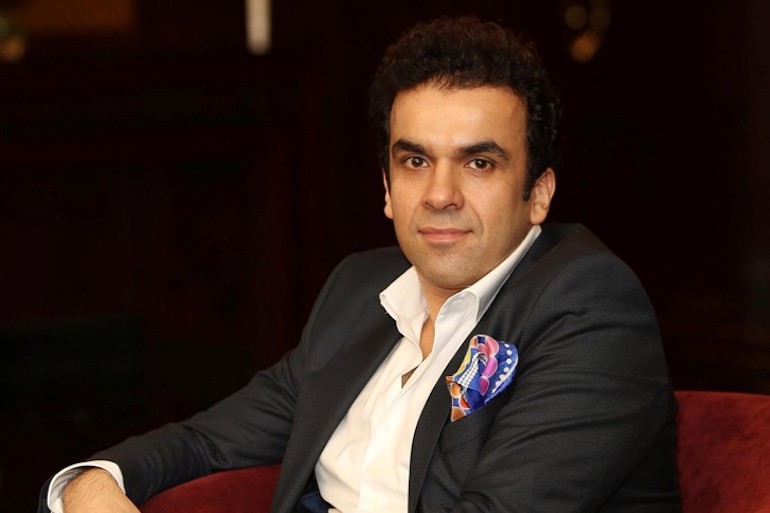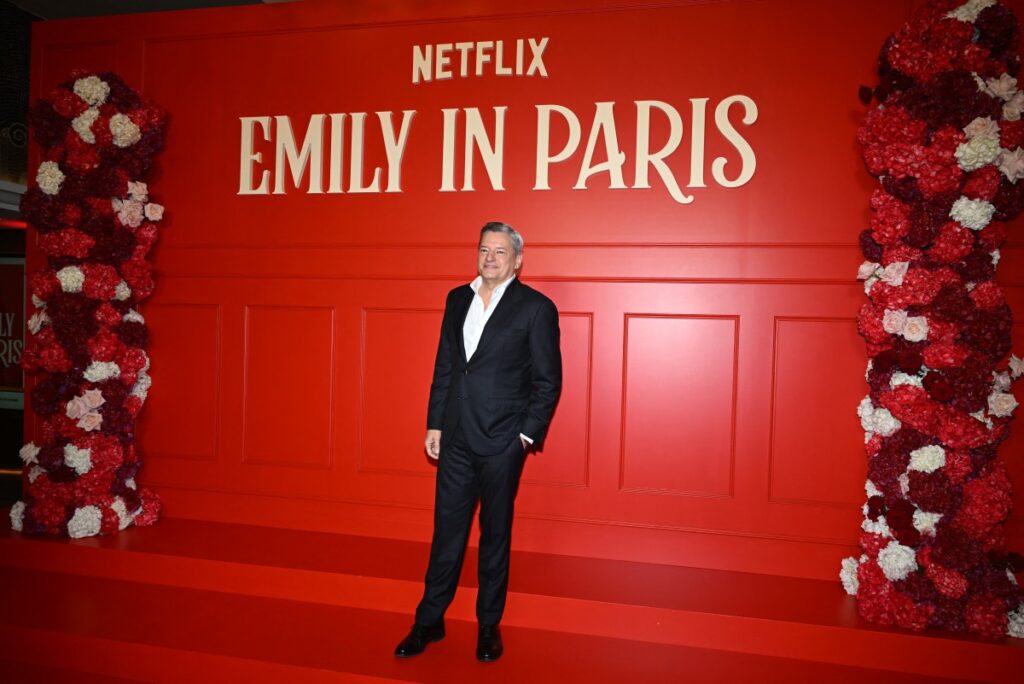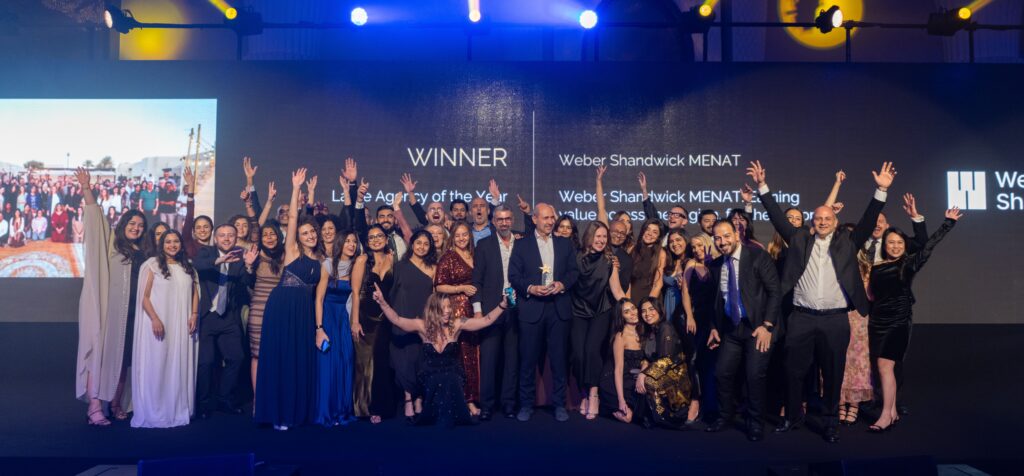By Rakesh Kumar, CEO, Human Films
It all boils down to traditional psychology and the tenets of behavioral science, which dictate how we think. In the world of marketing, the same psychology comes into play with both marketers and agencies either encountering a fear of change or a fear of doing it right?
Looking at the basis of content creation, the confusion lies at the core. Clients are creating their own in-house content creation teams; advertising agencies are using traditional models for online content; media companies are collaborating with partners; production partners are doing their own content models or an option to even go to the consumers to crowdsource/co-create content. No one has the right answer and one size clearly doesn’t fit all.
FOMO
Behavioral science speaks about the basics of the ‘theory of inclusion’ and the new age world of FOMO (fear of missing out). Everyone wants to be on Instagram, Snapchat or adapt global models of VR and AI or even replace humans with chat bots. It’s all in the spirit of innovation and a progressive brand image, but the question is, are we there just because we have to be there or do we really understand what works as a future model of evolution?
The conversations today are paid media or organic media; media spends on traditional vs. digital; creating consumer conversations and the multiplicity of channels. But, do we have an adaptation of old models of measuring impact into a new age structure? We are discussing the world of pocket TV and the end of the big TV sets. We are discussing the end of print media as Facebook and Huffington Post carry better and faster news vs. the Times’ of the world. If we reshape century long traditions into a digital world, can it be a simple adaptation of old models and is it really so simple?
It isn’t adapt; it is adopt
Everyone today wants to be a social media influencer or a social media blogger. Everyone wants the ‘k’ digit on his or her Instagram page. Very recently I saw a ‘desperate blogger’ putting up a post saying ‘show me some love – like or comment’. It boils down to theories of desperation. Are brands and marketers taking the route of supporting or leveraging these ‘fake influencers’ rather than look at the real brand advocates who might be understated and more real? Is it a just a game of catching up or a game of catching up well? The answer lies with the person reading this right now.
I don’t have the right answer nor do I intend to provide an answer. It’s that very important moment of introspection when marketing budgets are slashed, agencies lose business and people lose jobs, everyone is in a price war and no one really knows what’s going on.
Whilst consumer confidence and knowledge is at a peak, is the brand, advertising and marketing world in its best spirit? The consumer holds the confidence and the conversation. I would question the fundamentals of the word ‘advertising’. Are we advertising or are we creating a strong brand relevant conversation by showing what the brand truly and deeply stands for? It’s time for an honest and real conversation – to introspect, to evolve, to converse as a community and create a new world order.
If we don’t change, if we live with the fears, we will end up with a clear myopia of the obvious.






